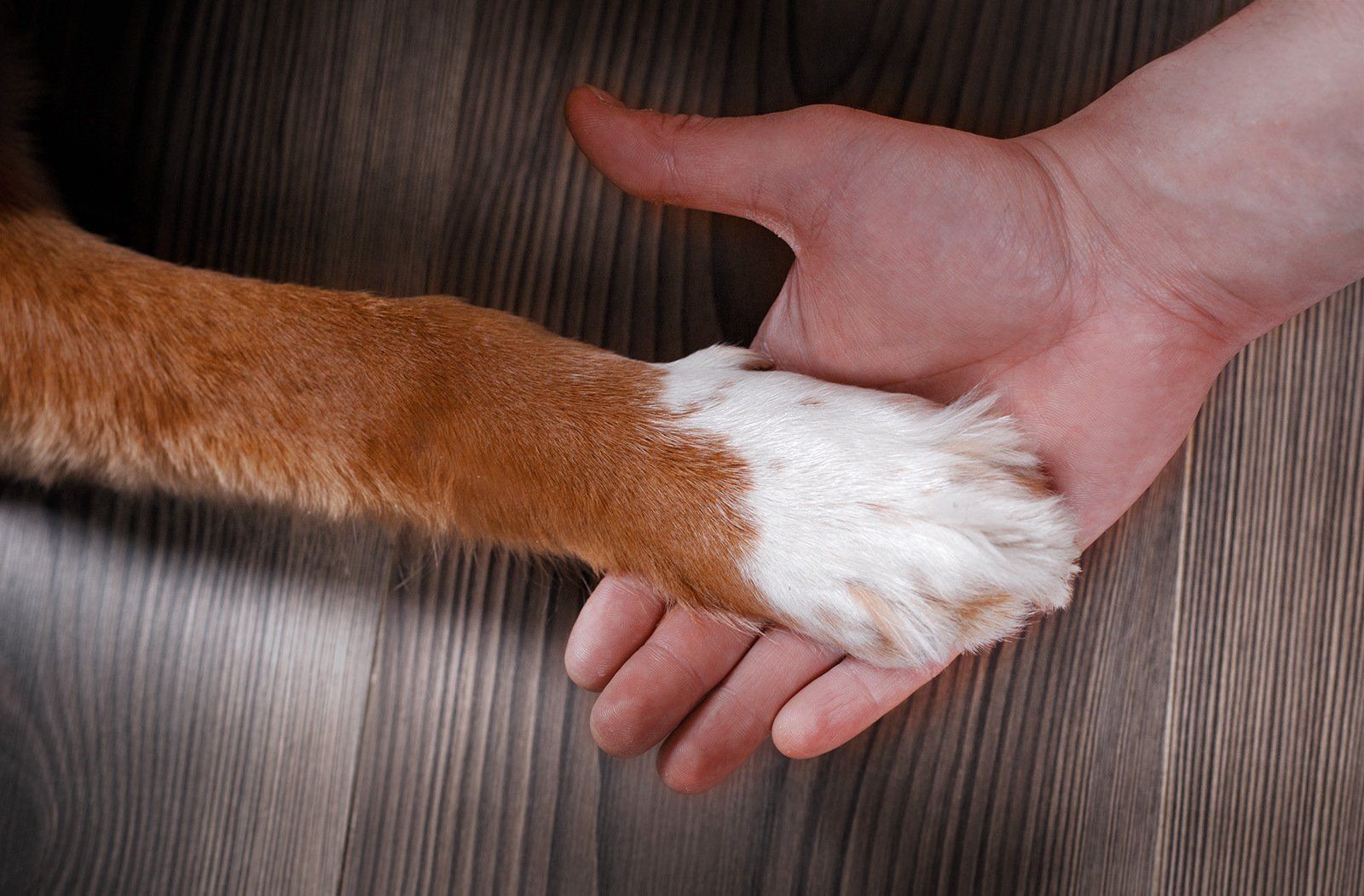For Pets, What is Hospice?
- By Sonya L Volkhardt
- •
- 15 Feb, 2014
- •

Many years ago I was very new to the field of veterinary support services, and my elderly pet, Miri – the surviving member of a pair who had been my first pets as an adult – developed seizures. Her sister Vivi had passed away some months ago, en route to the emergency clinic due to a sudden and devastating respiratory infection. She’d been fine on Friday; by Sunday she was gone. Miri, unfortunately, didn’t seem inclined to go so quietly.
It was gently explained to me that at her age and in her condition, there was little that could be done – the drugs that might have helped her seizures could have killed her. My only real option was euthanasia. I want to be careful here to say that I don’t feel I was offered substandard care – I was offered what was the best standard of care at the time, and what was widely believed to be the most humane option in such a case.
But I remember thinking what a shame it was that there wasn’t hospice care available in the veterinary world. So what, I thought, if the seizure-controlling drugs might shorten her lifespan – wouldn’t it be better to give her the chance at a few more comfortable days, maybe even weeks if things went well? It shaped my opinion on euthanasia – because it seemed to me that the availability of euthanasia resulted in an atmosphere where hospice care was viewed as sort of moot. The prevailing attitude seemed to be that there was no reason to prolong the inevitable.
But sometimes there are reasons, and it’s not so much a matter of prolonging as making peace. Having a chance to say goodbye. Letting your pet have that one more favorite meal, waiting for that rainy day so he can splash in a puddle one more time, letting a child away at college or a spouse in the military have the opportunity to come home.
Beyond that, a terminal diagnosis doesn’t always mean an immediate loss of quality of life – whether or not anything can be done to cure the underlying problem, can the pet be kept comfortable? Is there still some joy, some companionship, some life left to be found? Often the answer is yes, even if it comes along with the inevitable bad days and self-doubt on the part of the owner.
Don’t get me wrong; I’m grateful for the availability of euthanasia. In the years since I lost Miri – all of them spent working in veterinary medical support – I’ve seen too many situations where it has been a true blessing. Advocating for hospice care doesn’t mean rejection euthanasia when it’s appropriate, when it’s truly time.
But the availability of euthanasia doesn’t have to – and shouldn’t – mean rejecting the idea of hospice, either. More than a decade later, that way of thinking is catching on more and more. I’m happy to be working in a hospital that is dedicated to pushing that trend forward.
So what does hospice mean, in practical terms? It will vary depending on your pet’s situation, but to begin it might include:
- pain control medication, including narcotics if necessary
- Pursuing treatments to maintain comfort and quality of life that might not be advisable in a younger pet, or with a non-terminal diagnosis (like those seizure drugs for Miri).
- ceasing any invasive treatment or testing not necessary to maintaining quality of life.
- Providing as much care as possible in the home environment, to minimize stress.
- Making adaptations to the home environment to make life easier for pet and owner – moving pet beds down stairs, getting litterboxes with low sides, even giving fluid treatment at home to support failing kidneys. What is needed will be individual; we’ll work with you to figure it out.
- Continuous communication and support from your veterinarian and staff, to help you realistically assess your pet’s quality of life and, when and if it’s your choice, decide on euthanasia at the right time. This also means, if euthanasia is against your personal beliefs, that we will work with you to make sure you have a realistic idea of what to expect in your pet’s last days, hours, and minutes, and that it’s as comfortable as it can be for everyone involved.
Pets are family; we get that. Knowing the end is coming is never easy, and it’s never the same twice. Afterwards, you will always ask yourself if you did the right thing; this is part of the process of grieving. There’s no making that comfortable. It makes it a little more bearable, though, to be able to tell yourself that yes, you did all that you could. No, you did not give up too soon – nor did you fight too long for an impossible cure. That the end was peaceful, not desperate. That in his or her last days, as in all the years that came before, you gave your pet a great life.


